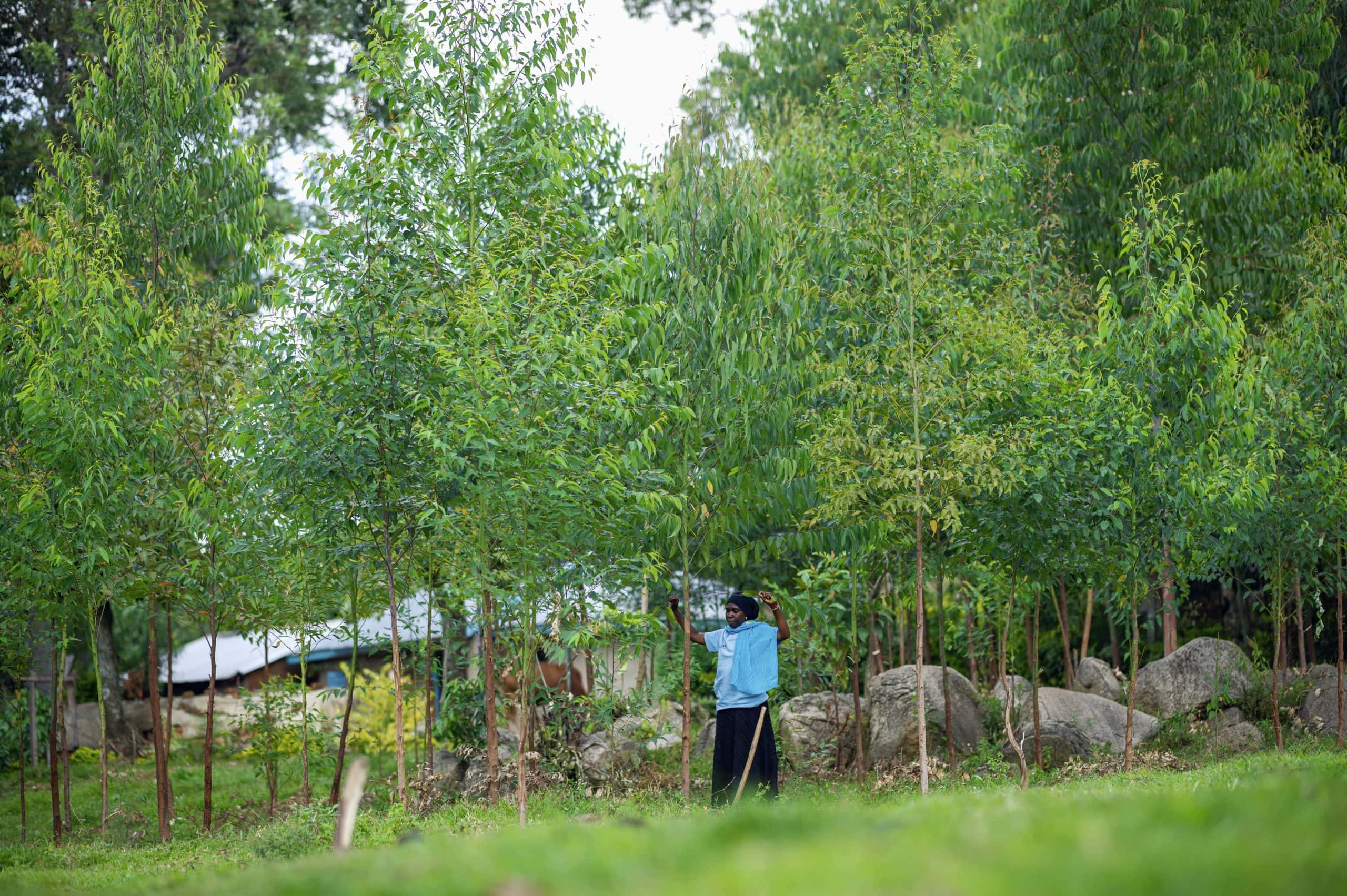5 principles for partnering with communities on forest restoration

- Indigenous peoples and local communities must be central to developing equitable benefit-sharing systems for forest stewardship and restoration.
- As more investment goes into forest conservation and restoration, social justice and equity approaches can secure long-term prosperity for forests and people.
- We outline five guiding principles to ensure implementers develop effective partnerships with communities.
The leadership of Indigenous peoples and local communities is central to the success of any forest conservation and restoration efforts. They have rich traditional ecological knowledge – stemming from generations of living alongside and stewarding forests – which offer unparalleled solutions and vision to projects seeking to restore and sustainably steward forest landscapes.
When the rights, interests and knowledge of local communities are prioritized and respected, initiatives generate improved long-term environmental and socioeconomic outcomes. In Sumatra, for example, advocacy by Women's Earth Alliance grassroots leaders prevented the destruction of 10,000 acres of forest and protected the Indigenous lifeways of 250,000 people. The scale of such programmes is also growing. The Amazon Sacred Headwaters Initiative is led by Indigenous communities that have come together to protect 86 million acres of rainforest containing 3.8 billion metric tons of carbon in indigenous territories by harnessing local forest stewardship models.
